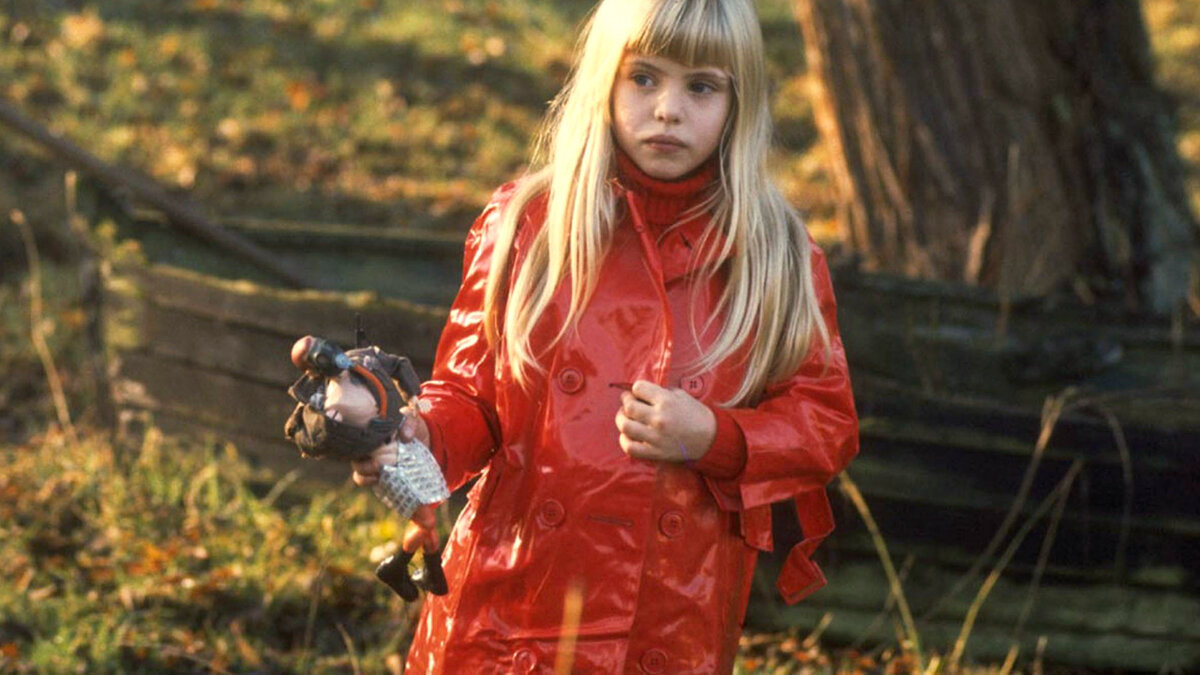By Athena Hueber
Don’t Look Now (1973)
Lessons in Grief, Mysticism, and Hidden Meanings
By: Athena Hueber
Death is a concept that can be unbearable to think about for some. The procession of time where eventually we will not see our loved ones again. There are people who are able to take this in stride and digest the inevitability of the end by the notion, “Enjoy it while we can.” This doesn’t always prepare you when it comes suddenly. Those affected can go through the “stages of grief,” some better than others. It can be confusing and difficult to cope. How far would you go to heal from it? Don’t Look Now, directed by Nicolas Roeg, who later is credited as director for The Man Who Fell to Earth (1976) with David Bowie, is a film that keeps you guessing with disorienting editing and a heartbreaking ending that leaves you with even more questions. It opens with main characters, John (Donald Sutherland) and Laura (Julie Christie) Baxter sitting around a fire while their two young children, Johnny and Christine, play around a lake in front of their country property.
“Action Man,” a Vietnam-era action figure in hand, she wanders around the water in a bright red raincoat while her brother bikes across the grassy plane. A moment after Christine pulls the string on the doll, it says, “Enemy 1000 feet...fall in.” Within this second, Johnny collapses over his bike after hitting a piece of broken glass. John is inside prepping for a restoration piece for a church with Laura’s help. He looks at a picture of the inside, seeing a stained glass window and pews with a red-hooded figure sitting. It is at this moment when he has a “premonition” of Christine and knocks over his tools in a fury. The adult John runs out of the house, seeing his son with his hand cut from glass screaming, “Dad!” When John reaches the water, it moves to embrace his agony as he plunges in to pull her limp body onto the shore. Young Johnny seems to stand unfazed, sucking his bloodied thumb as he watches his father in complete shock covered in mud from head to toe. John’s tools had spilled a chemical across the original picture of the church in the form of a “fetus” as he cradles his dead child in his hands. Laura, casually walking outside to light up a cigarette, sees the scene and immediately screams to the sight of Christine dead. All of this lasts seven minutes, edited beautifully by Graeme Clifford (who had accredited works for Twin Peaks and worked with Roeg for The Man Who Fell to Earth.)
The film is based on the short story of the same name from Not After Midnight, and other stories (1971) from one of my favorite horror writers, Daphne du Maurier. The original story showed Christine dying of meningitis but was changed to invoke Roeg’s interpretation of the piece. It’s not the first to be adapted into a film with others such as Rebecca and “The Birds” (both originally made by Alfred Hitchcock) as well as My Cousin Rachel and more pieces of du Maurier’s work. A revolutionary for the time period, she was labeled as a “romantic” novelist, contrary to her writing has it usually held dark and resonant undertones. She described her inspiration for this mood in her works as her “decidedly male energy” hidden from everyone and the power given to work in her autobiography, Myself When Young published in 1977. As her success grew, du Maurier became more reclusive and most of her stories are set at her estate in Cornwall, England.
Don’t Look Now sets itself apart artistically that seems to fuel this proposed “male” intensity. John, the central character, struggles with the death of his daughter and is initially cold after he moves to Italy with his impressionable wife Laura. The two are like fragile glass as they try to maintain a sense of normalcy in a local restaurant, trying to move on from the incident while young Johnny is put in a boarding school. From the opening scene, both of their clothes are more form fitting, as if trying to hold in their pain. Overhearing an older woman complaining about something in her eye, Laura escorts her and her accompanying twin sister to the bathroom where she realizes the latter is blind. “My sister is psychic, you know,” tells the other sister, thanking Laura for helping her. When she exits the bathroom, she collapses and is rushed to a hospital. When John comes back, Laura tells him “not to worry” because she was told Christine is “with them” by the psychic sister.
This is where you have to pay attention. John tries to quell her desperation by bringing her back to reality and takes her back to their hotel room. Not long after, the two share an intimate night. I never thought the dad from Pride and Prejudice could have such a body back in the day! After they finish, they decide to go to dinner and afterwards get separated in a quiet alley where John believes he has seen Christine run by with her red raincoat. The presence of her thorough the film displays how grief can weigh on a couple who have lost a child. Director Roeg states, “Grief can separate people...Even the closest, healthiest relationship can come undone through grief.” But the film continues to be multi-layered as Laura agrees to a seance with the twin sisters where she is warned that the two of them must leave Venice as something terrible is going to happen. After discussion, Laura agrees to fly back to their son, Johnny while John stays in Italy. Not long after, he believes he sees Laura on a boat with the twin sisters and Johnny. After reaching out to her on the phone, she states she is back in England. This is a proposed premonition.
A recurring theme of water and falling is the most prevalent motif that screams at you throughout. Christine falling into the water, Johnny falling at boarding school, Laura falling at the restaurant after meeting the sisters, and adult John almost falling after a makeshift lift collapses from a falling board crashing into it. The family is plagued by this tumor-like sense of dread, which mirrors the unease of The Masque of the Red Death (1842) by Edgar Allan Poe. As John continues to follow this red-hooded girl, he continues to fall down the hole of his undoing. The reality that death will never leave us.
The ending of the film is a crescendo like the build up just before glass shatters. The psychic twin sister screaming, “Fetch him back! Let him not go!” when Laura arrives back to Venice, stating she is looking for John who has finally found the red-hooded girl once more and follows her around the city. An Italian detective, investigating murders occurring around goes with Laura to the original restorative church grounds. They are seconds away from John who locks the gates behind him in a panic, sealing his fate and getting the courage to pull back the veil on what he was trying to run away from for so long.
John sees the figure crying and he says in a quiet voice, “It’s okay. I’m a friend.” The girl turns to him which he realizes it is not Christine, but an impish elderly woman who pulls out a knife. He pauses and a series of flashbacks come to his mind. He realizes he saw his young son Johnny running from Christine drowning, coming to the conclusion that his fallen son murdered her. John panics for a brief moment, “Wait…” To which the impish shakes her head as if to say, “Death waits for no one,” and slices his throat. In his last moments, he sees his family and everything leading up to this moment was predicted by him. The final scene shows the premonition becomes the present with Laura dressed in black, with the remains of her deceased husband with young Johnny and the twin sisters beside her on the boat to the next life.
Clifford’s editing techniques are no accident and without bias. Your immediate look into the “killer” is pulled out from underneath you. Yet in his last dying moment, John looks back at his son, sucking his bloodied thumb looking back at him cradling Christine. As the twin sister states John must be psychic as well - it would make sense for his son to be but it doesn’t provide the answer to the pondering question, “Why would he?” As with death, we never will know.
Athena has been a Die-Hard Horror Film Buff sincer her Dad had he watch “Night of the Living Dead”. She loves the grotesque, Monsters and more that symbolize the creatures we often see inside ourselves.
FACEBOOK
Have you listened to our podcast yet? It’s Beyond The Void Horror Podcast. You should! We do Reviews of new/old movies, Horror Themed Shots, Trivia & we even make up horror movies on the spot for our segment called GravePlots. It’s a lot of fun. Join us. Check it out! Listen on iTunes Here or on Spotify here! OR anywhere you listen to podcast.









